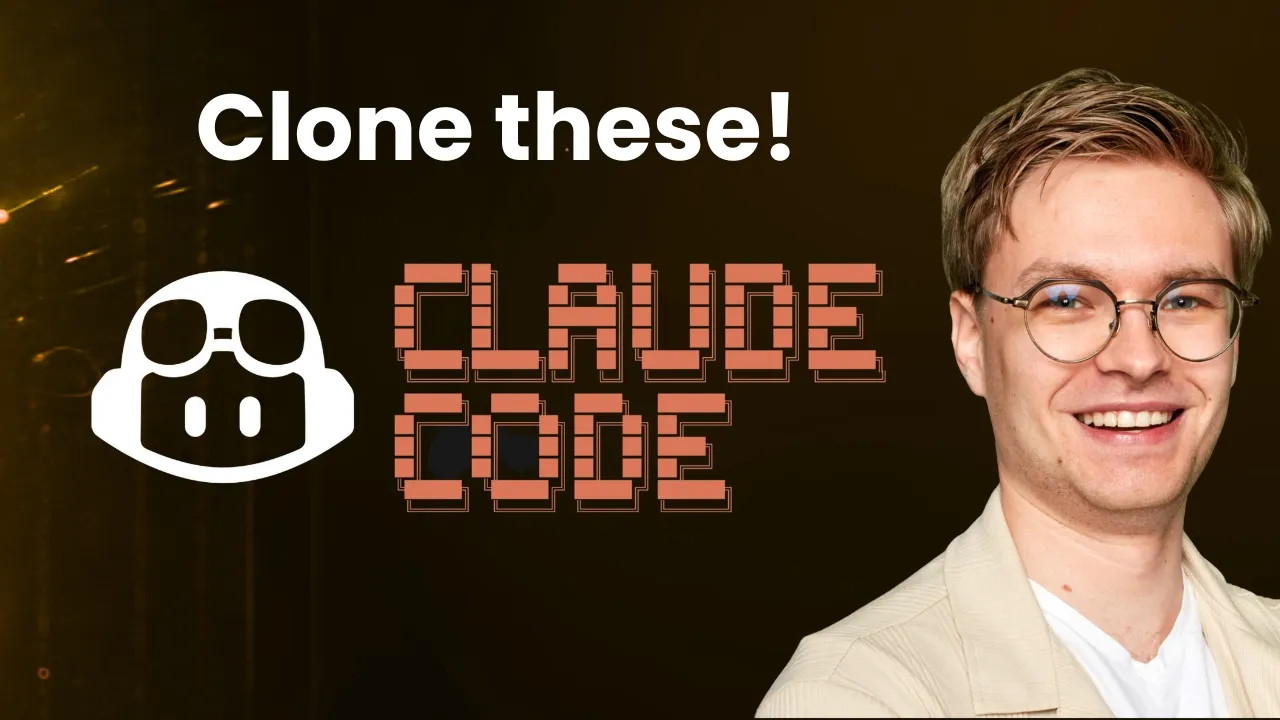Learn AI Programming with Real Codebases Instead of Generic Tutorials
When you ask AI a generic question about building technical systems, you’re essentially asking for yesterday’s knowledge wrapped in today’s interface. The problem isn’t with AI itself: it’s with how we’re using it. There’s a fundamental disconnect between asking abstract questions and getting practical, current answers that actually work in production environments.
The Generic Query Trap
Most people learning technical topics through AI follow a predictable pattern. They open their favorite AI tool and type something like “How do I build an AI agent?” What they get back is equally predictable: a list of frameworks, some general concepts, maybe a basic architecture diagram. But here’s what they don’t get: confidence that any of this information is current, relevant, or actually used in production.
This approach fails because AI models are trained on historical data. By the time that training data makes it into a model, the technology landscape has already shifted. Frameworks have evolved, best practices have changed, and entirely new approaches have emerged. You’re learning from a snapshot of the past, not the living present.
The Production Code Advantage
Real learning happens when you ground yourself in actual production systems. Instead of asking AI to generate examples from its training data, you point it at real codebases that millions of people use daily. This shift from abstract to concrete changes everything about the learning experience.
Consider the difference: When you explore how GitHub Copilot or Claude Code actually works, you’re not getting someone’s theoretical idea of how an AI agent should be built. You’re seeing how teams of experienced engineers solved real problems for real users. These aren’t toy examples or simplified tutorials: they’re battle-tested implementations that handle edge cases, scale to millions of users, and evolve with changing requirements.
For a deeper understanding of how to build AI agents from first principles, my practical AI agent development guide covers the essential patterns you’ll discover in these production systems.
Open Source as a Learning Accelerator
The availability of open-source components from major AI tools represents an unprecedented learning opportunity. While the core AI models remain proprietary, the surrounding infrastructure, including the user interfaces, the tool systems, and the integration patterns, is often available for study. This transparency provides insights that no tutorial or documentation can match.
When you examine these repositories, you discover architectural decisions that textbooks don’t cover. You see how professional teams structure large-scale AI applications. You understand the reasoning behind certain patterns because you can trace through the actual implementation and see how different components interact.
The Living Curriculum
Traditional learning materials become outdated the moment they’re published. A book about AI agents written six months ago might already contain obsolete information. But a production codebase is different: it’s a living document that evolves with the technology it implements.
By anchoring your learning to active repositories, you’re always working with current information. When best practices change, the codebase changes. When new features emerge, you can see exactly how they’re implemented. This approach keeps your knowledge synchronized with the actual state of the technology, not some historical approximation.
Strategic Learning Through Investigation
The real power comes from using AI as an investigation tool rather than an answer machine. Instead of asking “What is X?”, you’re exploring “How does this production system implement X?” This shift from passive consumption to active investigation transforms the learning process.
You’re no longer limited by what the AI model happens to know from its training. You’re using AI to help you understand real systems, to trace through actual implementations, to discover patterns and principles that emerge from production use. The AI becomes a learning amplifier, helping you process and understand complex codebases faster than you could on your own.
Building Lasting Understanding
This approach builds understanding that lasts because it’s grounded in reality. You’re not memorizing abstract concepts that might or might not apply to your use case. You’re learning from systems that work, understanding why they work, and developing intuition about how to build similar systems yourself.
The principles you extract from studying production codebases are proven principles. The patterns you observe are patterns that scale. The architectures you understand are architectures that handle real-world complexity. This foundation gives you confidence that what you’re learning will actually work when you apply it.
To apply these learning techniques effectively in building your own portfolio, explore my AI engineering portfolio projects guide which shows how to translate production patterns into showcase projects.
To see exactly how to implement this learning approach with specific examples from GitHub Copilot and Claude Code repositories, watch the full video tutorial on YouTube. I demonstrate the complete process of using AI to investigate production codebases and extract valuable learning insights. If you’re interested in advancing your AI engineering skills with practical, production-focused approaches, join the AI Engineering community where we share real-world insights and support each other’s learning journeys.

